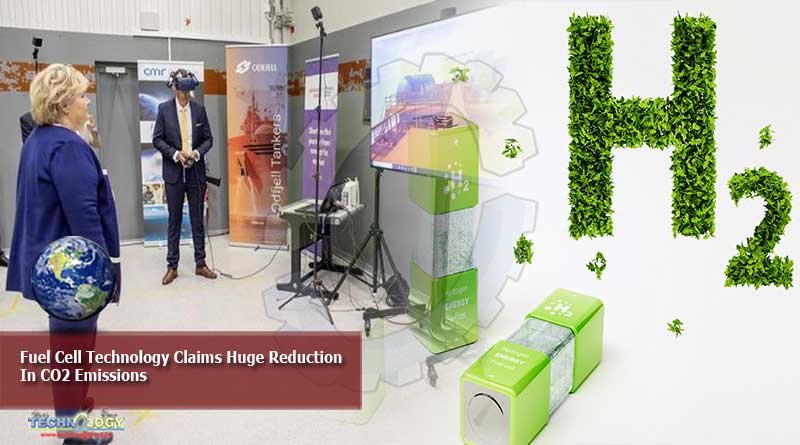A new and flexible fuel cell technology has proven that it can reduce carbon dioxide (CO2) emissions from shipping by 40% to 100%.

A new and flexible fuel cell technology, a project developed by Norwegian companies, has proven that it can reduce carbon dioxide (CO2) emissions from shipping by 40% to 100%.
The project partners, Odfjell, Wartsila, Prototech, and Lundin Energy Norway, claimed that the fuel cell project is a “ground-breaking” fuel solution for ships and offshore.
The partners from shipping, R&D and oil and gas are now constructing a pilot system that can use different types of fuel including green ammonia and LNG. With this flexibility, vessels can choose fuel according to availability.
Related: Shell zeroes in on hydrogen and fuel cells to decarbonise shipping
The system will first be tested at the Sustainable Energy catapult centre in Norway before installation onboard a chemical tanker.
“Ships are to be operated for 20-30 years, and we need flexible solutions that can meet future emission requirements. We do not have time to wait, we have to think about zero emissions already now,” said Erik Hjortland, vice president technology at Odfjell.
“The fuel cell project is one of the paths we are pursuing. We focus on machinery rather than focusing on one single type of fuel. Fuel cell technology gives us flexibility that ensures environmentally efficient operation regardless of fuel changes that may occur in the years ahead,” Hjortland said.
Tests have shown a CO2 reduction of as much as 40-45% when using LNG, compared to current solutions, according to Bernt Skeie, ceo of Prototech, provider of technical solutions.
“Increased efficiency and reduced fuel consumption also provide significant cost savings, and the ship will be able to sail significantly longer on the same amount of energy. The system will also be ready to operate completely emission-free from the locations where, for instance, ammonia is available for bunkering. The technology also enables direct capture of CO2, which will be yet another alternative for emission-free operation when logistics for CO2 management become available,” Skeie explained.
The project aims to develop a technology that can provide emission-free operation over long distances. Battery solutions are currently not suitable for deepsea operations.
Harald Solberg, cep of the Norwegian Shipowners’ Association, commented: “The development of this fuel cell is an example of how forward-looking shipping companies and our unique maritime expertise have the prerequisites to drive new solutions through a broad collaboration within the maritime cluster. In the long run, scaling up such solutions will be of great importance in achieving our climate goals, they will have business value, and they can create new jobs in Norway.”
The project is now constructing a 1.2-megawatt prototype fuel cell that first will be tested at the Sustainable Energy catapult centre. Then it will be mounted and tested onboard one of Odfjell’s newest chemical tankers.
“The new energy solution has the potential to take us a big step closer to the goal of climate neutrality. Fuel flexibility will be a significant contribution to secure future solutions for new ships. And it does not stop with ships, this solution can also be used in offshore oil and gas operations,” said Ingve Sorfonn, technical director in Wartsila.
Originally published at seatrade maritime news
